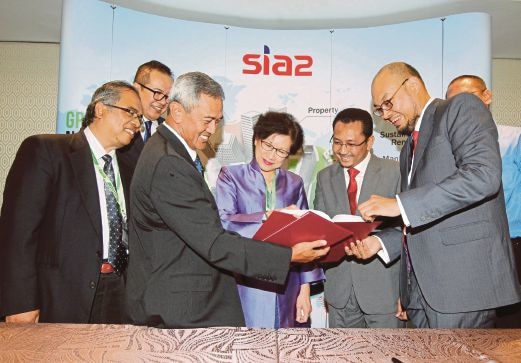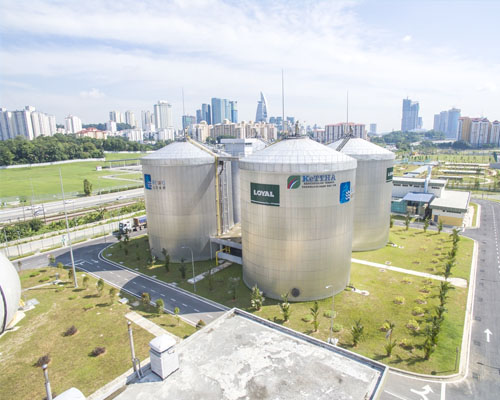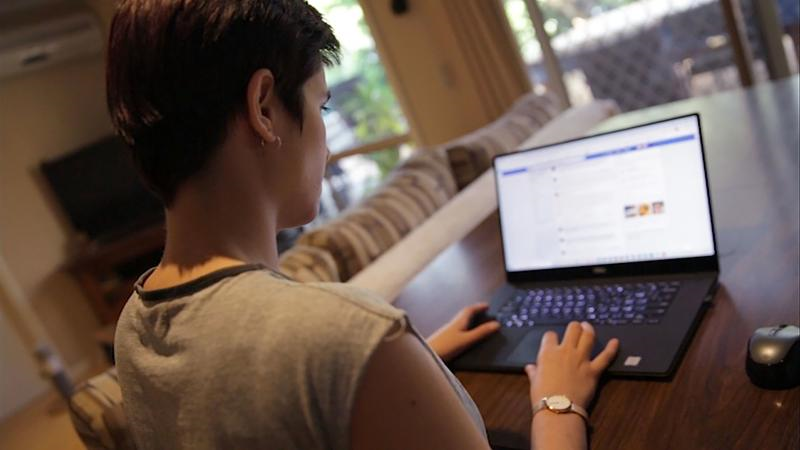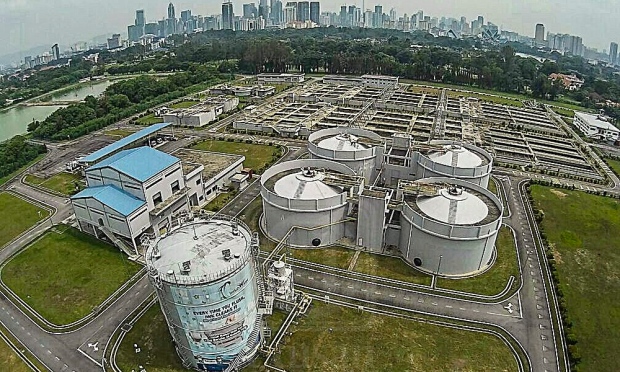By: Hj. Ideris Hadzir
Energy Performance Contract or better known as EPC (Energy Service Contracting) is a power-saving project with profit sharing from savings generated between premise owners and Energy Service Company (ESCO). This EPC method is less popular in Malaysia, especially in government-owned buildings but has long been widely implemented abroad such as Thailand, Japan and the United States.
Since being given the responsibility to implement the EPC project at Universiti Putra Malaysia (UPM), the writer feels this is a great challenge especially when there is no reference source from any sources especially at the Energy Commission and none of Malaysia's universities have ever implemented this project. The source of reference is the Merlimau Polytechnic, Melaka who has been implementing the EPC project for the past few years through the terms of the consultation.
The first challenge faced is how to convince UPM Management that this EPC project is best for implementation. There are several Public Universities that do not implement the EPC as the management does not agree with the profit sharing method practiced in the EPC. Since the start of this EPC project, several EPC-related information sessions have been given to UPM Management from a change to the UPM leadership itself. The most challenging thing is to explain to UPM Management on profit sharing and how it can benefit UPM. Furthermore, the description of the matter is seen to be more technical and rather difficult to understand by non-technical people.
The second challenge is to identify the appropriate procurement method in the selection process of the contractor. The EPC is a new project and has never been implemented in any Government department and there is no reference source regarding procurement method to implement the EPC project. Since this project does not require any cost then it is totally different from the tender process normally practiced at UPM. Additionally, the EPC implementation process involves several phases that take the long term ie the ESCO selection phase, the energy audit phase, the negotiation phase of the contract terms, the energy saving device installation phase and the phase of the electricity saving period. The selection of ESCO can be done directly as implemented by Merlimau politics as it involves investments from ESCO companies and UPM does not issue any costs. However, UPM has decided that the procurement method of this project will be made open tender so that it will be transparent and besides it will give ESCO a chance to compete for the best offer to UPM. Therefore, an open tender process is used to obtain a Request for Proposal (RFP) whereby ESCO needs to present the savings methods to be implemented based on information provided by UPM and during site visit sessions. The process for drafting an RFP draft also takes quite a while as there is no reference from any source. However there are numerous examples of EPC-related tenders overseas that can be referred to on the website. The author only needs to translate into Bahasa Malaysia and change the tender as appropriate in UPM. This EPC project takes a long period of up to 5 years and this is in contrast to the usual procurement method of UPM. The EPC tender process follows the appointment of ESCO, the Energy Audit process, Presentation of ESCO's proposed implementation, an agreement between UPM and ESCO, the installation of energy-efficient devices and subsequently enjoying electricity savings.

The third challenge is to seek an agreement between UPM and ESCO appointed to sign an EPC agreement. The discussion period for the consent of both parties took quite a while as there are some terms requiring agreement between the two parties. Among the terms that are difficult to get a break between the two parties is the payment period, the penalty charges imposed if both parties violate the prescribed terms, the resulting savings calculation method and the matters of university interest in general. However, these problems can be overcome with the commitment of the Legislative Division of both parties. Credit to the UPM Legal Department for having striven to safeguard UPM's interests.
The fourth challenge is to find the right method for choosing ESCO to handle the EPC project at UPM. From the results of the assessment by the Appointed Assessment Committee found the participating ESCO had no experience of carrying out the EPC project from any Government Department. All ESCOs only provide general information without making in-depth reviews and specifically regarding the savings program methods to be implemented. UPM has to choose ESCO based on the percentage of savings sharing ratio and the duration of the contract offered by the ESCO. UPM's decision to set a profit ratio of 70.30 and a 5-year period has challenged ESCO to draft the savings program to be implemented. Of the 3 tenders implemented, only 2 tenders were successfully implemented while 1 tender was not continued as ESCO was selected to opt out of disagreement with the terms set by UPM. Indeed, the term EPC is an issue among premises owners if they are not well understood.
The fifth challenge is the process of obtaining approval at the UPM level where each work papers need to go through several committees such as University Management Empowerment (JPU), University Financial Standing Committee Meeting (JKTK) and University Board of Directors (LPU). The time frame between the committee meetings has increased the implementation period of this project in UPM. However, the implementation period of the project was accelerated after the Bursar exempted the LPU meeting from one of the committee's approval requirements. This has saved the duration of EPC's implementation and this project can be implemented immediately.
Despite the challenges faced to realize the EPC program at UPM, it has provided many useful experiences in implementing electricity savings. Acknowledgments to the Energy Management Committee, especially Mr. Haji Mohd Nizan Jaffar who has provided guidance and guidance from the beginning to the present. Although the period of enjoying new savings started at the Faculty of Engineering, it has shown a result of which electricity bills have been enjoyed in the faculty. Hopefully the EPC program at the Faculty of Medicine and Health Sciences will run smoothly and will result in higher savings and thereby reducing the cost of UPM utility bill payment, InsyaAllah.
Date of Input: 12/01/2018 | Updated: 12/01/2018 | wannoorshidah
MEDIA SHARING


















.jpg)








.png)




